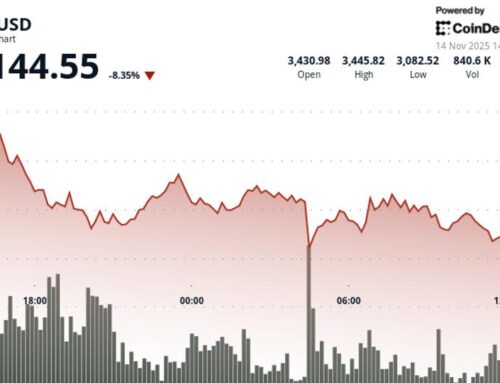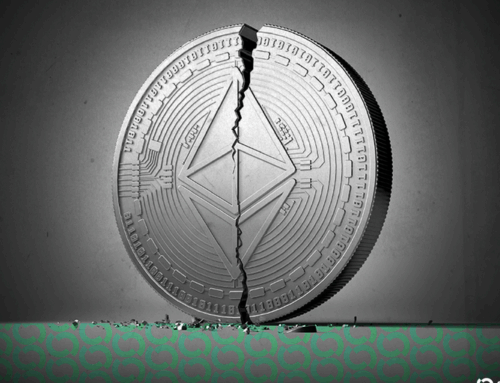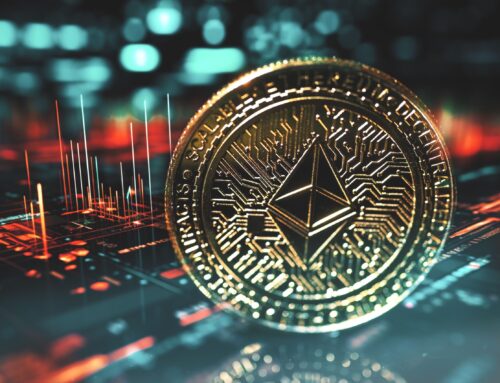Cannabis defined: Everything to know about marijuana
November 14, 2025
Hemp and marijuana have been conflated for years, which led to hemp’s ban in the United States. In 1970, then-President Reagan passed the Controlled Substances Act, which listed both hemp and marijuana as controlled, banned substances.
But the plants are very different, even in appearance.
While they’re both strains of the cannabis sativa plant, hemp grows in stalks, much like bamboo, with flowering heads on the top. These stalks loom large and can grow up to 15 feet tall.
Marijuana plants, on the other hand, are much smaller and probably look more familiar to the general public. Their green, three-leafed flowers are the most recognizable symbol of the drug.
The biggest difference between hemp and marijuana is in their usage.
Hemp, with its hard stalks, inner fibers and coarse hurds, can be used to create a variety of non-consumable, non-intoxicating products. “Hempcrete” (hemp concrete), hemp wood, animal hurds and hemp fiber clothing are all common, popular uses for the plant. South Dakota is the No. 1 producer of hemp fiber in the country, thanks to the state’s climate and soil.
There’s also a major difference in THC content: Hemp plants typically contain anywhere from 0.2% to 0.5% THC, compared to marijuana plants, which typically hover around 15% to 20%.
The 2018 Farm Bill reclassified hemp as a non-controlled, and therefore legal, plant, as long as the plant contains less than 0.3% THC by dry weight.
While hemp can be synthetically modified into hemp-derived THC products, the raw, unmodified plant cannot be smoked or consumed to create a “high.”
Search
RECENT PRESS RELEASES
Related Post




